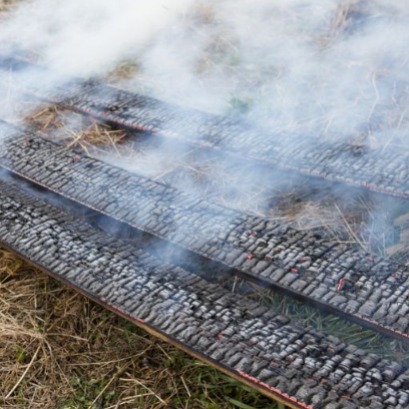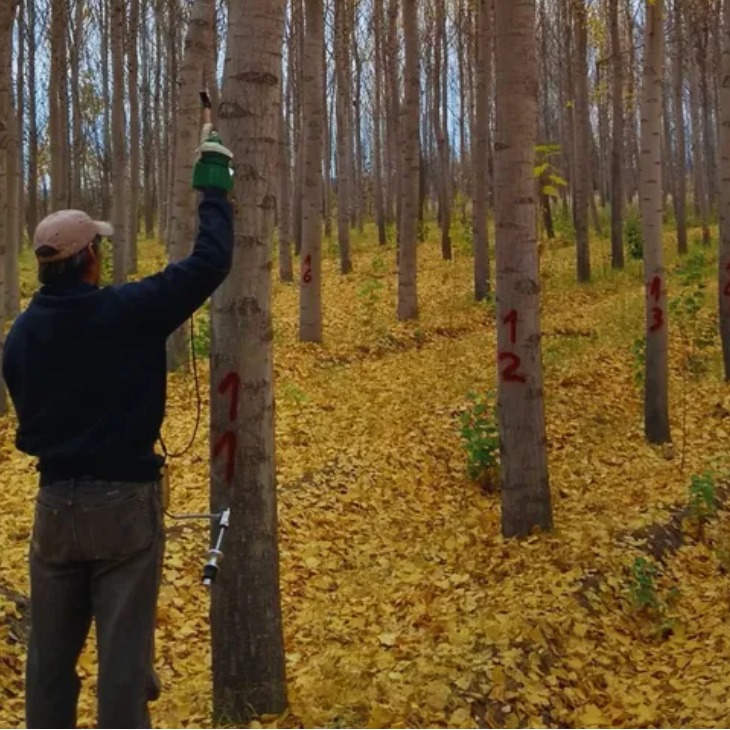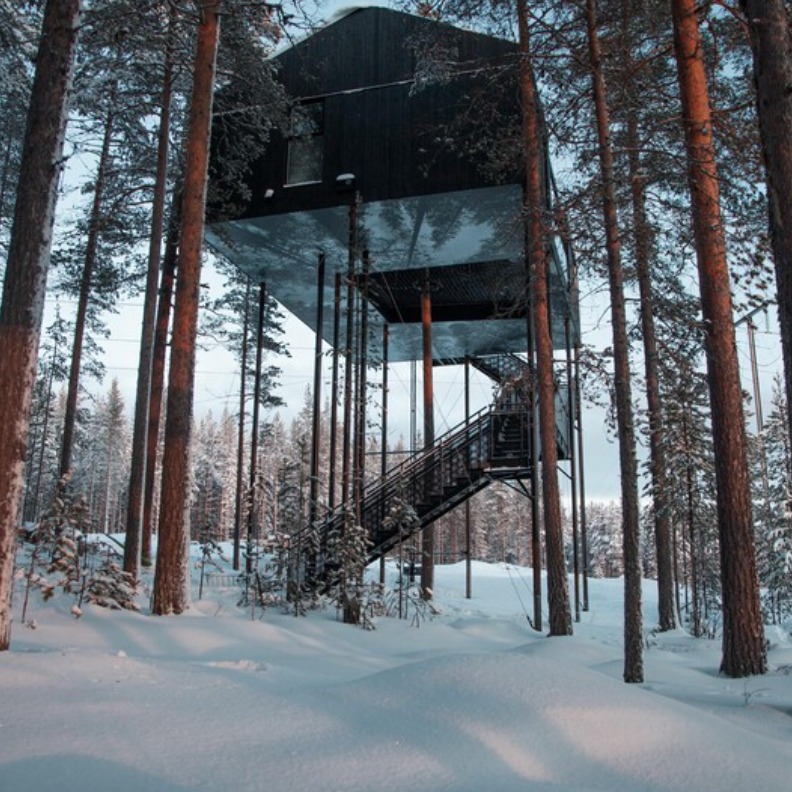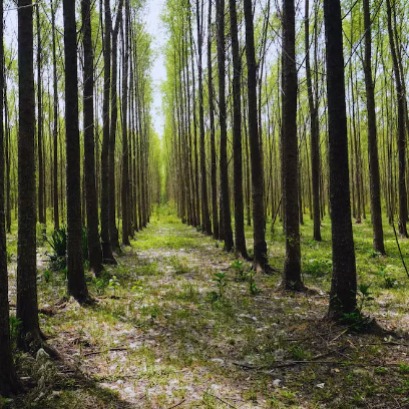
Burned wood: the Japanese technique that beautifies and protects the material
Elegant, ecological and resistant: the wood treated with the millenary technique called Yakisugi challenges the weather and the passage of time. In the world of design and construction, a Japanese ancestral technique is gaining prominence. This is the Yakisugi (also known as Shou Sugi Ban), a method that consists in burning the surface of the wood to make it more resistant and attractive. Although it may seem contradictory, exposing wood to fire gives natural protection against moisture, insects and deterioration over time.
This practice originated in Japan centuries ago and was mainly used in the construction of homes and temples. The traditional process implies burning the outer layer of the wood, brushing it to remove excess carbonization and, in some cases, apply natural oils to seal it. In this way, a wood with a unique texture and color is achieved, in addition to a greater longevity. Yakisugi has several advantages. First, it increases the durability of the wood, making it more moisture resistant and preventing it from rotting easily. In addition, repel -pests like termites and fungi, reducing the need for chemical treatments. Interestingly, it also improves its fire resistance: the burned layer acts as a barrier that retards combustion in case of fire. The application process can be performed in different ways. Traditionally, three tables are tied forming a tube and sets on fire, allowing a homogeneous burning. However, today more controlled methods, such as gas torch or even industrial ovens are used. The result is a dark, elegant wood and with a texture that highlights its natural veins. For this reason, it has become popular in contemporary architecture, especially in facades, coatings and furniture. In addition, by not requiring toxic products for maintenance, it is a sustainable option for those who seek ecological and low environmental impact materials. Despite being an millenary technique, the Yakisugi is still in force and reinvents itself in modern design. Its combination of beauty and functionality makes it an attractive option for both architects and interior designers. Thus, the fire, instead of destroying, becomes the best ally of wood.
IT MAY INTEREST YOU
 In Patagonia Norte they evaluate the quality of the wood of Álamos
In Patagonia Norte they evaluate the quality of the wood of Álamos
A study of INTA determined that the wood of poplars produced in the northern valleys of Patagonia has characteristics for its use in construction.
 Build between branches: a sample of contemporary architecture of houses in the trees
Build between branches: a sample of contemporary architecture of houses in the trees
Despite their capricious appearance, houses in the trees offer a unique platform for structural innovations and design explorations.
 Forest Innovation: New Sauce clones drive the timber industry
Forest Innovation: New Sauce clones drive the timber industry
A technological development based on genetic improvement allows to increase productivity, reduce harvest times and strengthen the sustainability of production in the Paraná Delta





















